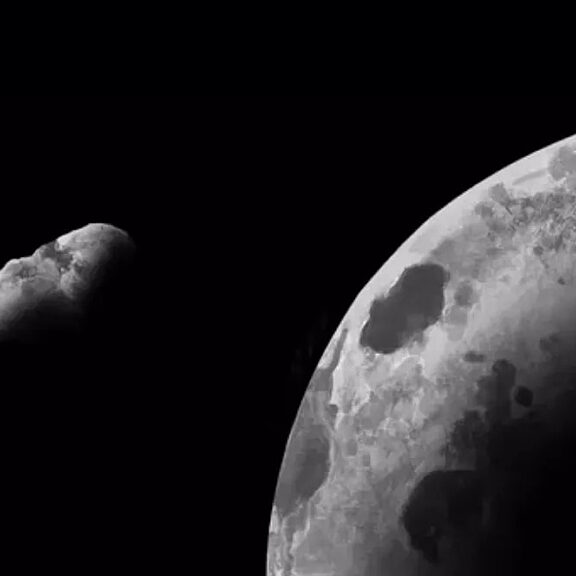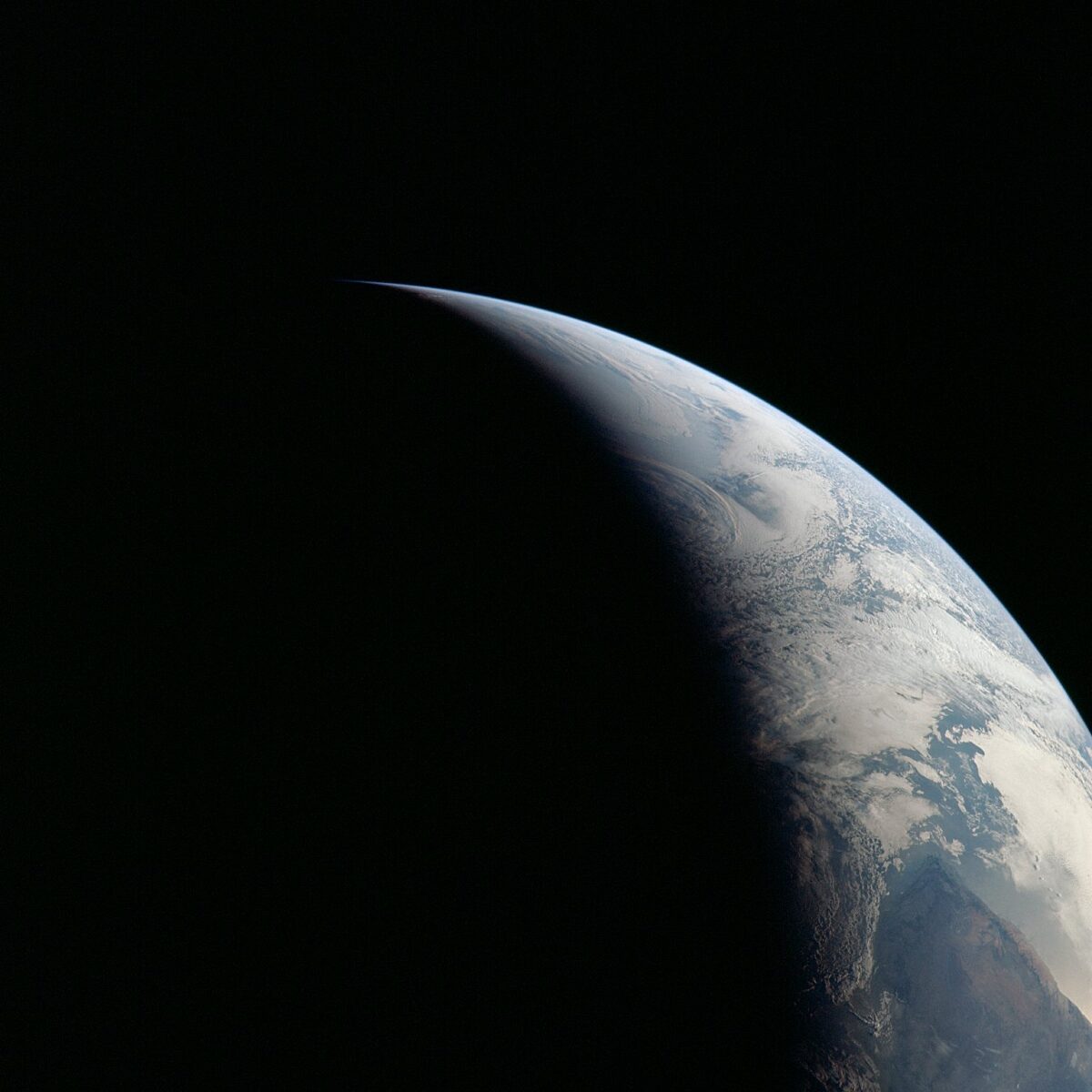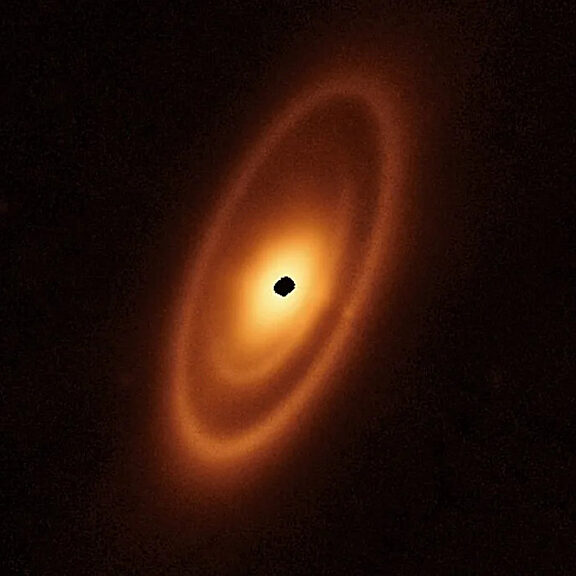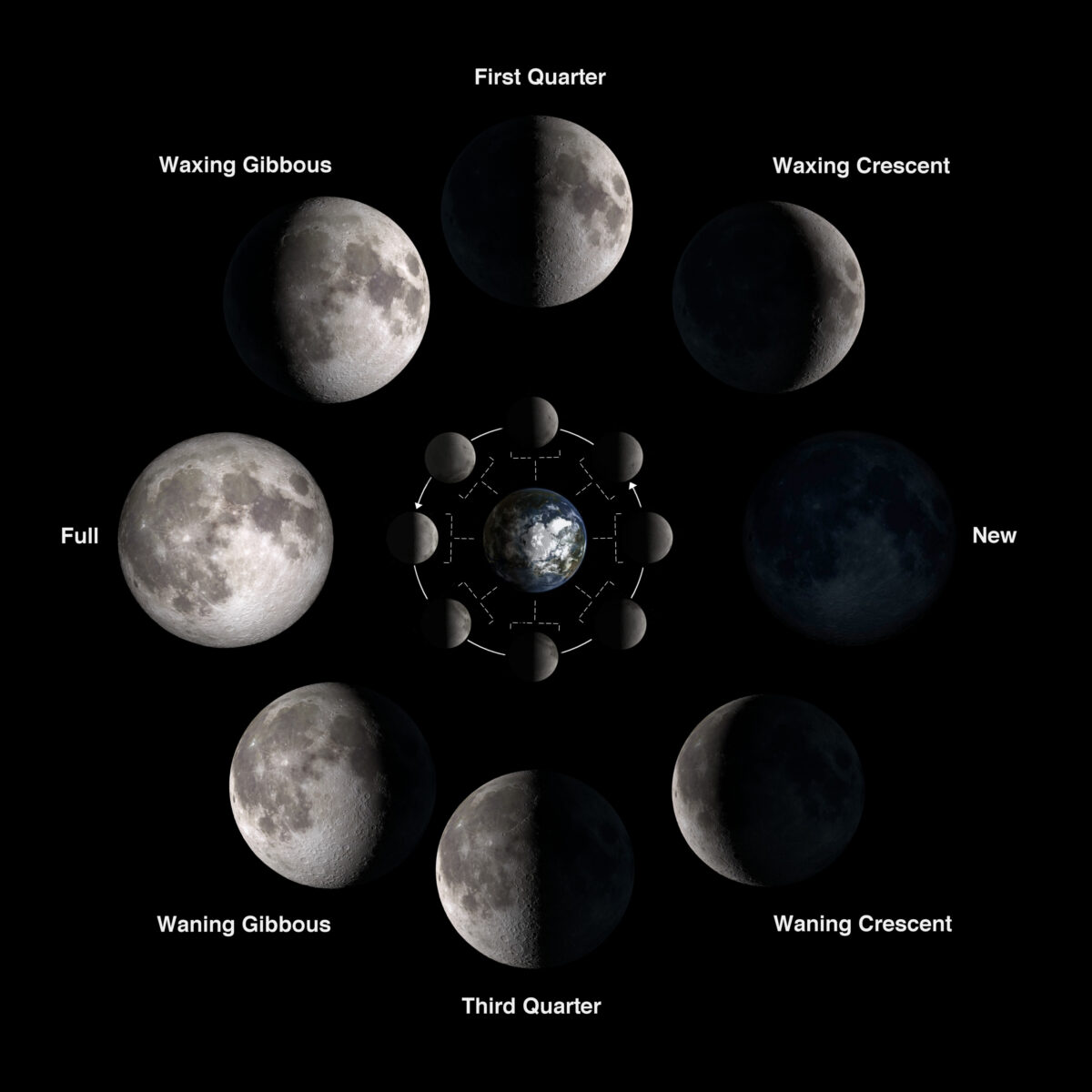All
All
Stories, updates, insights, and original analysis from The Planetary Society.
See for yourself
See the month’s coolest space pictures, see planets in the night sky, and create the future in space that you want to see.
A lunar saga
How the origins of the Moon could shape the future of human space exploration.
Moonstruck
Exploring humanity’s long relationship with the Moon.
What would happen if an asteroid hit the Moon?
If a large asteroid impacted the Moon, would it cause problems for us here on Earth?
Storms and showers
Mars has storms of dust, while Saturn pours down ammonia rain. Here on Earth, we passed through a debris tail to get a special kind of shower.
Hasta la vista, baby
Terminators abound this week in space, and we’ll be back to Mars if NASA gets the budget it needs.
That’s a mare
An unusual lunar feature, Saturn’s shining rings, and Mars’ complex gullies.
Speedy spacecraft and pretty pics
Take a look at some of our favorite recent space images and learn about an express mission to Mars.
Searching the skies to keep us all alive
Astronomers around the world are working to protect the Earth from asteroid impacts, with the help of Planetary Society members and donors.
Day and night, it’s all about starlight
This week in space: Mars days almost match up with ours, and light and molecules are created by distant stars.
The scientific truth is out there
The real science of aliens, the policy implications of ET, and new views of worlds beyond our own.
Would you like some salty water with your space salad?
Two new grant-winning projects, a collection of awesome space imagery, a mighty plume, and much more this week in space.
Way out there
We’re always learning more about the worlds of the outer Solar System, and even those beyond.
Moon-spying missions and a planetary evil twin
Whether they’re dedicated to it or not, planetary missions can get beautiful and informative glimpses at distant moons. And who’s the evil twin: Venus or Earth?
Hard-working spacecraft and even harder-working microbes
The Soyuz spacecraft have been helping humans get to and from space for decades, but that’s nothing compared to the billions of years that microorganisms have been making life on Earth possible.
How did Earth get its oxygen?
A tiny, Sun-loving microbe has made a very big impact on our atmosphere.
Moonshadow, Moonshadow
The Moon casts shadows on itself and on Earth, environmental concerns overshadow a test launch’s success, and exoplanets are awesome (beyond a shadow of a doubt).
Have a nice flight!
Flying on Titan is easy, but not as easy as flying on Deimos. Plus, Juice takes off and Ingenuity captures a view from the air.
The phases of the Moon explained
Your guide to the phases of the Moon, their names, and why they happen.
Rocket flight and the five dwarfs
Meet the Solar System’s five official dwarf planets, celebrate two major launches, and find out why planets sometimes seem to go backwards across the sky.


 Explore Worlds
Explore Worlds Find Life
Find Life Defend Earth
Defend Earth


 Sun
Sun Mercury
Mercury Venus
Venus Earth
Earth Mars
Mars Jupiter
Jupiter Saturn
Saturn Uranus
Uranus Neptune
Neptune Small Bodies
Small Bodies


















